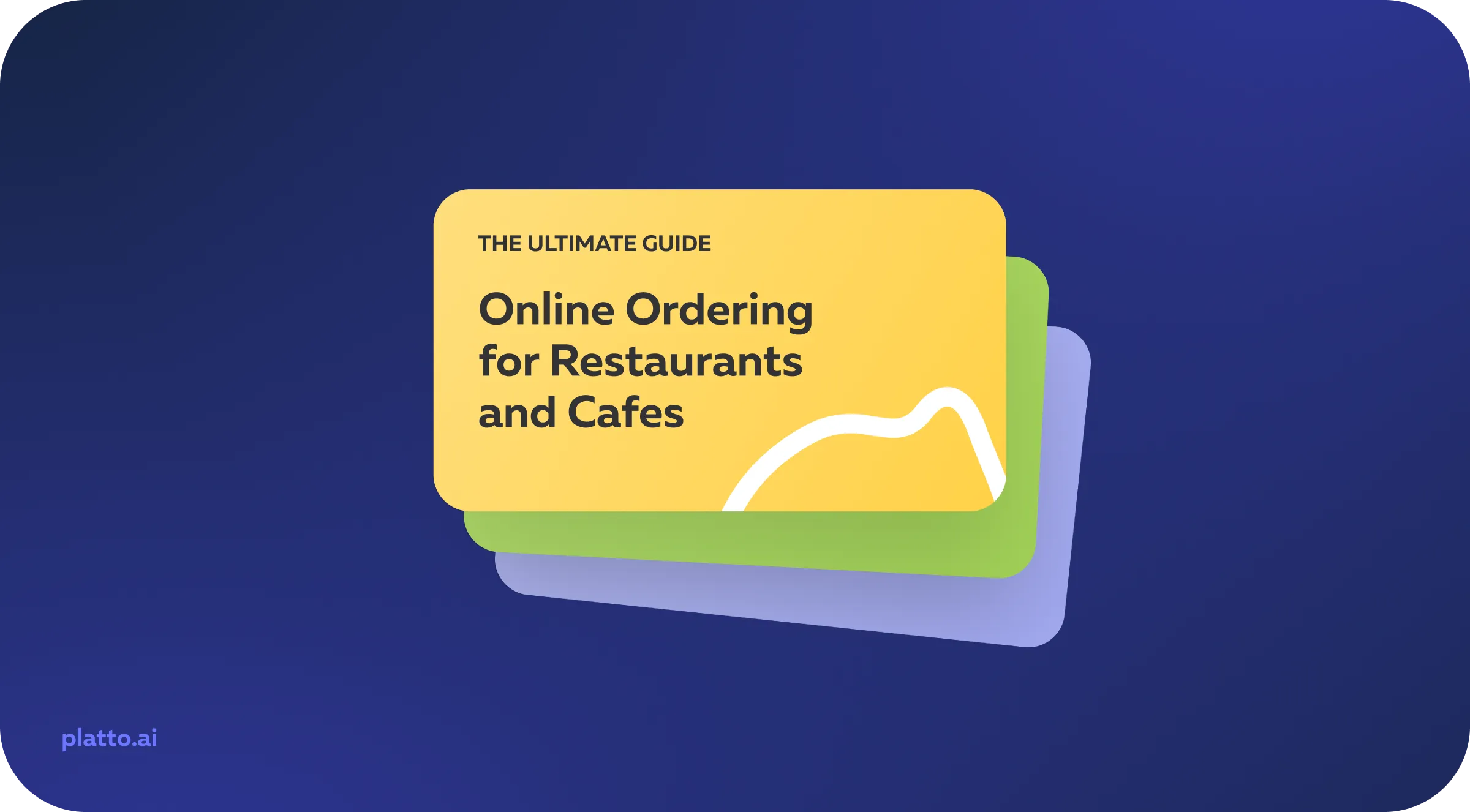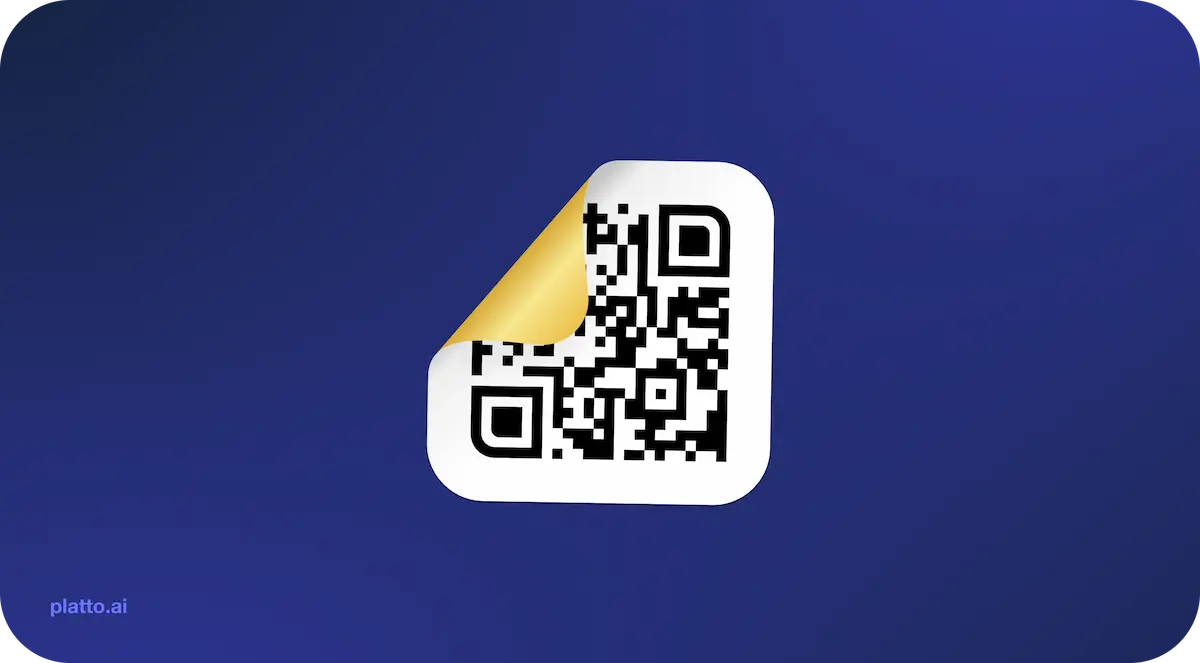The ultimate guide to online ordering for restaurants
This comprehensive guide will explore the world of online ordering for restaurants, delving into the benefits, implementation strategies, and future trends that are shaping the industry.

Throughout this article, we’ll cover topics such as the evolution of restaurant ordering, the various types of online ordering systems available, and how to optimize your digital presence to attract and retain customers. Whether you’re a small family-owned restaurant or a large chain, embracing online ordering can significantly impact your bottom line and customer satisfaction.
So, let’s dive in and explore how online ordering for restaurants is revolutionizing the way we think about food service and customer engagement.
The evolution of restaurant ordering
The journey from traditional ordering methods to today’s sophisticated online ordering systems is a testament to the restaurant industry’s adaptability and innovation. To fully appreciate the impact of online ordering for restaurants, it’s essential to understand how we got here.
Traditional ordering methods:
For decades, the primary methods of ordering food from restaurants were limited to in-person dining, phone calls, and later, fax orders for larger events or corporate catering. These methods, while functional, had their limitations:
- In-person dining: Required customers to physically visit the restaurant, which limited reach and capacity.
- Phone orders: Often led to miscommunications, long wait times during peak hours, and tied up staff resources.
- Fax orders: Mainly used for bulk or corporate orders, but prone to errors and not suitable for individual customers.
The shift towards digital solutions:
As technology advanced, so did the ways customers could interact with restaurants. The advent of the internet and smartphones paved the way for new ordering methods:
- Online ordering websites: Restaurants began creating their own websites with ordering capabilities.
- Mobile apps: With the rise of smartphones, restaurant-specific apps became popular for ordering and loyalty programs.
- Third-party platforms: Services like Grubhub, DoorDash, and Uber Eats emerged, offering a centralized platform for ordering from multiple restaurants.
- Digital menu ordering: Interactive digital menus, both in-restaurant and online, began replacing traditional paper menus.
- QR ordering systems: The latest evolution, allowing customers to access menus and place orders directly from their smartphones using QR codes.
Impact of technology on the restaurant industry:
The introduction of online ordering for restaurants has had a profound effect on the industry:
- Expanded reach: Restaurants can now serve customers beyond their physical location.
- Improved efficiency: Digital orders reduce human error and streamline kitchen operations.
- Data-driven decisions: Online systems provide valuable customer data and ordering trends.
- Enhanced customer experience: Convenient ordering options cater to changing consumer preferences.
- Increased revenue: Many restaurants report higher average order values through digital channels.
As we continue to explore online ordering for restaurants, it’s clear that this evolution has set the stage for a more connected, efficient, and customer-centric dining experience. The next sections will delve deeper into the specific benefits and implementations of these digital ordering solutions.
Benefits of online ordering for restaurants
The adoption of online ordering systems has brought about a multitude of advantages for restaurants of all sizes. Let’s explore the key benefits that make digital menu ordering and QR ordering systems essential tools in today’s competitive food service landscape.
Increased efficiency:
- Streamlined order processing: Digital orders are sent directly to the kitchen, reducing the likelihood of miscommunication.
- Reduced phone traffic: Staff can focus on in-house customers instead of answering phones.
- Faster turnover: Customers can browse menus and place orders at their own pace, speeding up the entire process.
- Improved inventory management: Real-time tracking of popular items helps with stock control and menu planning.
Enhanced customer experience:
- Convenience: Customers can order from anywhere, at any time, without waiting on hold or dealing with busy signals.
- Personalization: Digital platforms can remember customer preferences and offer personalized recommendations.
- Accuracy: Customers can review their orders before submitting, reducing errors and ensuring satisfaction.
- Contactless options: Particularly relevant in post-pandemic times, online ordering minimizes physical contact.
Expanded customer reach:
- Geographic expansion: Restaurants can serve customers beyond their immediate vicinity through delivery options.
- 24/7 presence: Even when the physical restaurant is closed, customers can place orders for future pickup or delivery.
- Marketing opportunities: Online platforms provide new channels for promotions and customer engagement.
- Attracting tech-savvy customers: Younger generations often prefer digital interactions, expanding the customer base.
Improved order accuracy:
- Elimination of verbal miscommunications: Written digital orders reduce the chance of misheard items or quantities.
- Customization options: Detailed modification choices ensure customers get exactly what they want.
- Allergen information: Digital menus can easily display comprehensive allergen details, improving safety.
- Special instructions: Customers can clearly communicate specific requests, enhancing satisfaction.
Data collection and analysis opportunities:
- Customer insights: Gather data on ordering habits, preferences, and peak times.
- Menu optimization: Identify popular and underperforming items to refine offerings.
- Targeted marketing: Use customer data to create personalized promotions and loyalty programs.
- Operational improvements: Analyze order patterns to optimize staffing and inventory management.
Financial benefits:
- Increased average order value: Online customers tend to order more, possibly due to reduced time pressure and upselling features.
- Reduced operational costs: Less reliance on phone orders can lead to lower staffing needs.
- Improved cash flow: Many online ordering systems offer instant payment processing.
- New revenue streams: Ability to offer catering, meal kits, or specialty items more easily.
Brand building:
- Consistent brand experience: Ensure your brand is presented uniformly across all digital touchpoints.
- Customer feedback: Online platforms often include review systems, helping build trust and improve services.
- Social media integration: Easy sharing of menu items and promotions can increase brand visibility.
Implementing a online menu ordering is a significant step towards modernizing your restaurant operations. By carefully following these steps and considering all aspects of the implementation process, you can ensure a smooth transition to digital ordering that benefits both your staff and customers.
In the next section, we’ll explore the increasingly popular QR code menu ordering system and how it can further enhance your restaurant’s digital ordering capabilities.
The rise of QR code menu ordering
QR code menu ordering has emerged as a game-changing technology in the restaurant industry, offering a seamless and contactless way for customers to access menus and place orders. This section will delve into the intricacies of QR ordering systems, their benefits, implementation strategies, and best practices.

Explanation of QR code technology:
What is a QR code?
Quick Response (QR) codes are two-dimensional barcodes that can be scanned by smartphone cameras They can store various types of information, including URLs, plain text, and other data
How QR codes work in restaurant ordering:
When scanned, the QR code typically directs customers to a digital menu Customers can then browse the menu, select items, and place orders directly from their devices
Types of QR codes for restaurants:
- Static QR codes: Contain fixed information and are best for linking to unchanging menu pages
- Dynamic QR codes: Can be edited without changing the actual code, allowing for menu updates and tracking
Benefits of QR code menu ordering
Contactless ordering:
- Reduces physical contact with menus and staff, addressing hygiene concerns
- Particularly valuable in post-pandemic dining environments
Cost-effective:
- Eliminates the need for printed menus, reducing printing and replacement costs
- Requires minimal additional hardware or infrastructure
Easy updates:
- Menu changes, price adjustments, and specials can be updated instantly.
- Allows for real-time inventory management
Enhanced customer experience:
- Customers can order at their own pace without waiting for staff
- Provides detailed item descriptions and images easily
Multi-language support:
- Digital menus can offer multiple language options, catering to diverse clientele
- Reduces language barriers and improves ordering accuracy
Data collection:
- Gather insights on popular items, ordering patterns, and customer preferences.
- Enables targeted marketing and personalized promotions
Increased efficiency:
- Reduces staff workload in taking orders and answering menu questions
- Streamlines the ordering process, potentially increasing table turnover
How to implement a QR ordering system:
Choose a QR menu platform**:
- Research providers that offer QR code menu solutions
- Consider factors like ease of use, customization options, and integration capabilities. We recommend to try Platto.ai
Design your digital menu:
- Create an attractive, easy-to-navigate digital menu
- Ensure the menu is mobile-responsive for optimal viewing on smartphones
Generate QR codes:
- Use your chosen platform to create QR codes for your menu
- Consider creating separate codes for different sections or specials
Place QR codes strategically:
- Print QR codes on table tents, stickers, or signage
- Ensure codes are easily visible and accessible to customers
Train your staff:
- Educate staff on how the QR ordering system works
- Prepare them to assist customers who may need help with the technology
Test the system:
- Conduct thorough testing to ensure smooth functionality
- Address any issues before full implementation
Promote the new system:
- Inform customers about the QR ordering option through various channels
- Highlight the benefits, such as convenience and contactless ordering
Best Practices for QR Code Menu Design:
Keep it simple:
- Design a clean, uncluttered menu layout
- Use clear headings and categories for easy navigation
Optimize for mobile**:
- Ensure your menu is easily readable on small screens
- Use a responsive design that adapts to different device sizes
Use high-quality images:
- Include appetizing photos of key dishes
- Ensure images load quickly to prevent frustration
Provide detailed information:
- Include comprehensive item descriptions
- Clearly mark allergens and dietary information
Enable easy customization:
- Allow customers to easily modify orders or add special instructions
- Include options for sides, toppings, and cooking preferences
Implement search functionality:
- Add a search bar for customers to quickly find specific items
- Include filters for dietary restrictions or meal types
Ensure fast loading times:
- Optimize images and code for quick loading on mobile devices
- Consider customers may be using cellular data
Include a call-to-action:
- Clearly guide customers on how to place their order
- Consider adding prompts for upselling or suggesting popular items
QR code menu ordering represents a significant step forward in restaurant technology, offering numerous benefits for both establishments and customers. By carefully implementing and optimizing a QR ordering system, restaurants can enhance efficiency, improve customer satisfaction, and stay competitive in an increasingly digital marketplace.